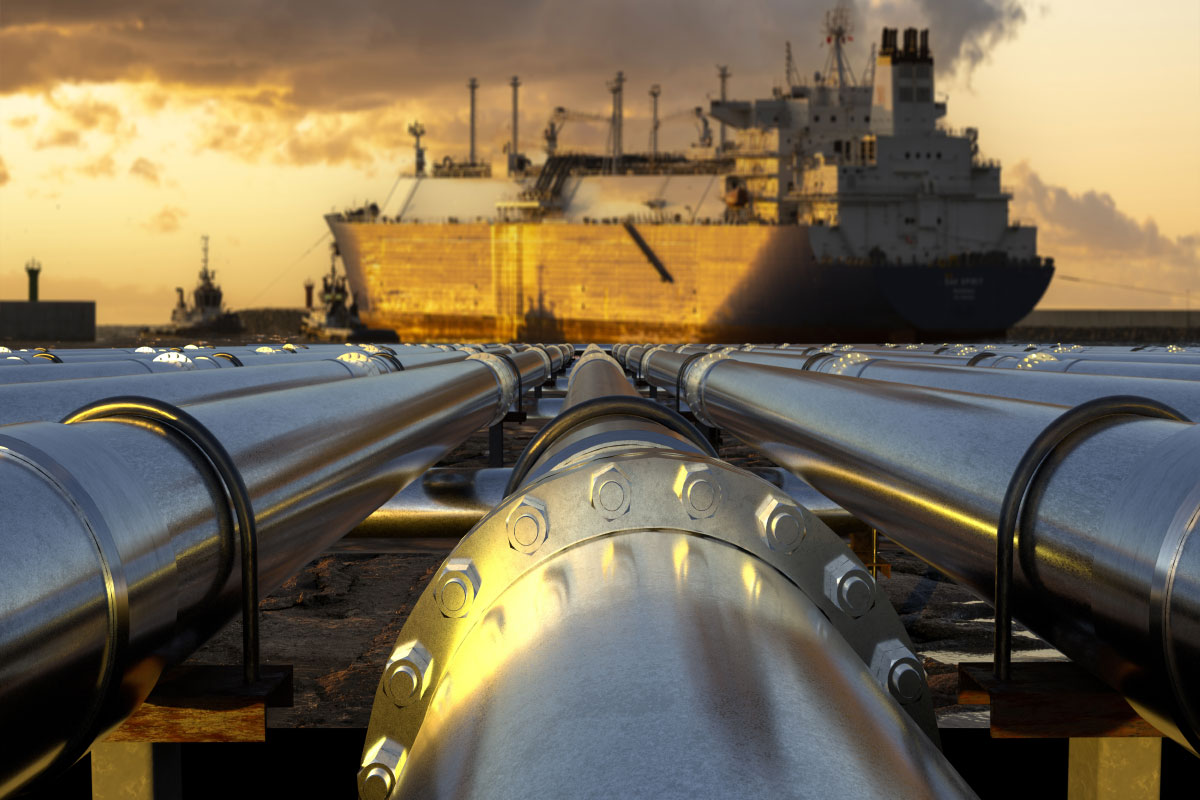LNG Vessel Bunkering - KLAW LNG
Liquefied Natural Gas (LNG) Bunkering is the practice of providing LNG fuel to a ship for its operational consumption.

The world is moving toward “Green Energy” and away from dependence on fossil fuels. One of the major concessions for both sides has been Liquefied Natural Gas (LNG). The major advantage of LNG as a fuel is the vast reduction in the pollutant sulfur created by the use of more traditional methods of fueling ships such as heavy fuel oil, marine diesel fuel (MDO) and marine gas oil (MGO).
Recently the sulfur limit in marine diesel was cut from 3.5% by weight to 0.5% by weight. These cuts caused a serious increase in the cost of refining MDO thus driving the cost higher and higher. Political regulatory pressures continue to build for cutting emissions generated by ship transportation. It is these stricter sulfur content limits for marine bunker fuel that is driving LNG Bunkering system design and the construction of a LNG fueling infrastructures.
Even in today’s unstable world market for energy, LNG continues to be a low cost/low emission solution for the world. The currently forecasted stable price of LNG and reliable supply of natural gas as a resource are also key factors as to why LNG is more than a feasible alternative to current fuels. This demand for a cleaner, more stable energy source for the shipping industry around the world will continue pushing a natural progression toward LNG bunkering ships and LNG fueled ships.
Liquefied Natural Gas must stay at approximately -260° F to stay in liquid form. You need insulation capable of maintaining those harsh and critical temperatures to be effective in a complete LNG system. HiTHERM PIR300 25/50 operating temperature range is -297° F to 300° F making it an ideal insulation for bunkering vessels. The low vapor absorption and low vapor permeability provides excellent protection against system damaging condensation which freezes at cryogenic temperatures. Freezing condensation can damage systems or render them totally nonoperational. Coupled with its E84 Class A 25/50 fire and smoke rating HiTHERM PIR300 is the best answer to the insulation needs for today’s cryogenic controlled vessels.